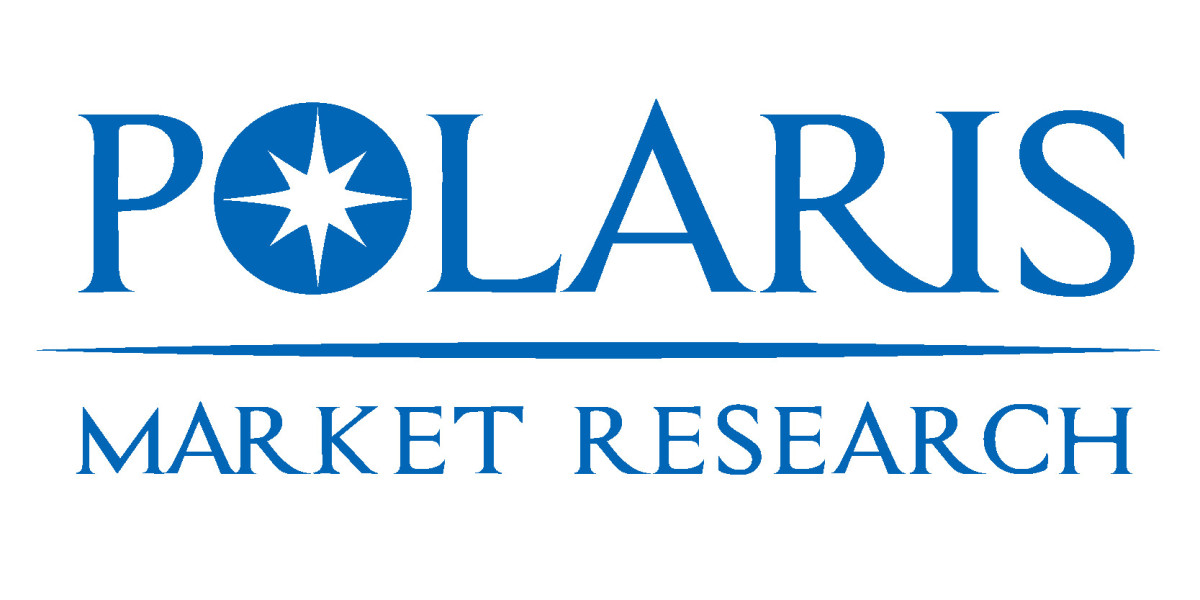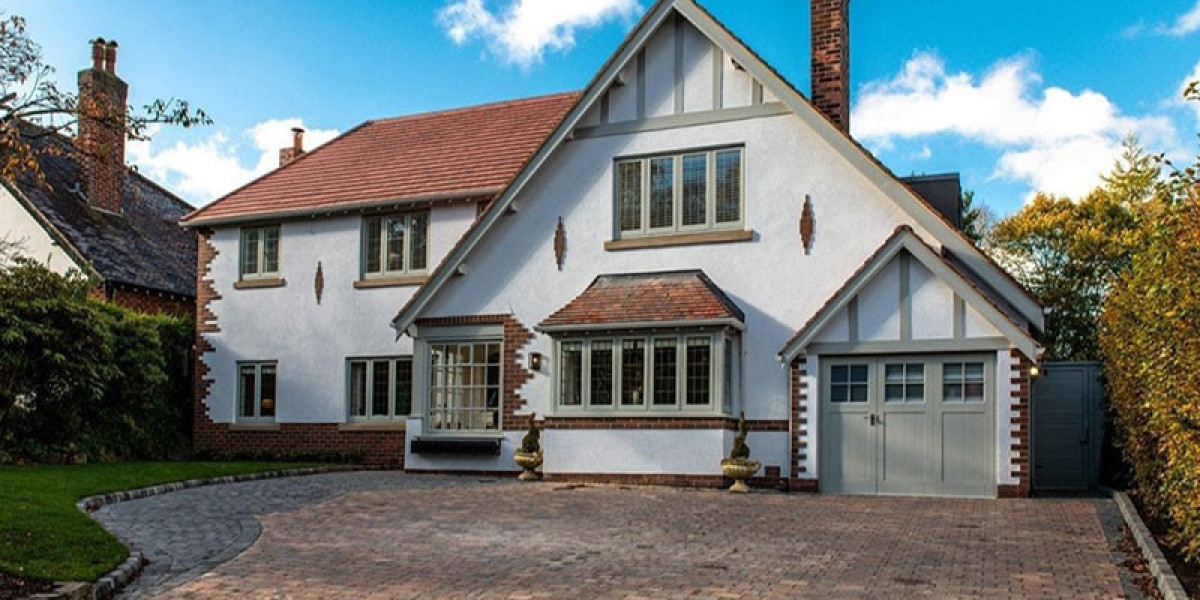Market Overview
According to the latest research report, the global home security systems market was valued at USD 55,262.5 million in 2023 and is projected to reach USD 115,653.7 million by 2032, expanding at a CAGR of 8.55% during the forecast period. The market is experiencing robust growth due to increasing security concerns, rising adoption of smart home devices, and technological advancements in surveillance and monitoring systems. Home security systems have evolved from traditional locks and alarms to integrated, AI-driven, and IoT-enabled solutions that offer real-time alerts, remote monitoring, and enhanced user convenience.
With growing incidences of property crimes and heightened awareness regarding personal and family safety, households worldwide are increasingly investing in security solutions. Additionally, the integration of home automation and security systems is further fueling adoption. The demand is not only strong in developed economies but also gaining momentum in emerging markets where urbanization and disposable incomes are rising.
Key Market Growth Drivers
Several factors are propelling the global home security systems market:
Rising Security Concerns
Increasing burglary and theft incidents across urban and semi-urban areas are driving the demand for advanced home surveillance systems. Consumers are seeking solutions that ensure safety and provide peace of mind.Technological Advancements
The incorporation of artificial intelligence, cloud storage, biometrics, and wireless technologies has transformed home security systems. Modern devices can detect unusual activities, send instant notifications, and integrate seamlessly with smartphones and smart home assistants.Smart Home Integration
The growing penetration of smart home technologies is a significant driver. Consumers now prefer interconnected devices where lighting, HVAC systems, and security are managed through a single platform. This convergence is enhancing the appeal of home security solutions.Increasing Affordability and Accessibility
With declining costs of sensors, cameras, and connected devices, home security systems are becoming more affordable. Subscription-based models and do-it-yourself (DIY) installations are making adoption easier for middle-income households.Insurance Benefits
Many insurance companies are offering premium discounts for homes equipped with advanced security systems, further incentivizing adoption among consumers.
??????? ??? ???????? ????????????? ?????? ????:
https://www.polarismarketresearch.com/industry-analysis/home-security-systems-market
Market Challenges
Despite the strong growth prospects, the home security systems market faces several challenges:
High Installation and Maintenance Costs: While prices are dropping, comprehensive security systems with advanced features can still be costly, particularly for developing regions.
Privacy Concerns: Increasing use of cloud-based storage and internet-connected cameras raises concerns over data security and unauthorized surveillance.
Technical Complexities: Integrating home security systems with existing smart home platforms can be complex for consumers, especially for those who are less tech-savvy.
False Alarms: Frequent false alerts may reduce consumer trust in certain devices and lead to dissatisfaction.
Regional Analysis
The global home security systems market is segmented into North America, Europe, Asia-Pacific, Latin America, and the Middle East & Africa.
North America: North America dominates the global market due to high consumer awareness, early adoption of advanced technologies, and a strong presence of leading manufacturers. The United States accounts for a significant share of the regional market, driven by high crime rates and strong demand for smart home integration.
Europe: Europe is witnessing steady growth with increasing adoption of connected home devices. Countries such as Germany, the UK, and France are at the forefront of implementing advanced surveillance and alarm systems.
Asia-Pacific: The Asia-Pacific region is expected to grow at the fastest rate, fueled by rapid urbanization, rising disposable incomes, and growing concerns about residential safety in countries such as China, India, and Japan. The proliferation of smart cities is also driving demand in the region.
Latin America: Growth in Latin America is driven by rising crime rates and increasing awareness of the benefits of home security solutions. Brazil and Mexico are the key markets in the region.
Middle East & Africa: The region is seeing rising demand for security systems, particularly in urban areas with high rates of property crimes and increasing investments in smart infrastructure.
Key Companies
The home security systems market is highly competitive, with several global players focusing on innovation, partnerships, and expansion strategies to strengthen their market positions. Leading companies include:
Honeywell International Inc.
Johnson Controls International plc
ADT Inc.
Bosch Security Systems GmbH
Tyco Integrated Security
Vivint Smart Home, Inc.
SimpliSafe, Inc.
Frontpoint Security Solutions
Hikvision Digital Technology Co., Ltd.
Ring LLC (Amazon.com Inc.)
These companies are actively investing in artificial intelligence, IoT integration, and cloud-based platforms to enhance product offerings. Mergers and acquisitions, along with partnerships with telecom and smart home solution providers, are also common strategies to expand their customer base.
Future Outlook
The future of the home security systems market looks promising, with innovations like biometric access control, drone-based surveillance, and predictive analytics likely to redefine home safety. As consumer preferences shift towards smart and integrated solutions, companies that focus on user-friendly designs, affordability, and robust data protection will have a competitive advantage.
The integration of security solutions with home automation, coupled with rising smart city initiatives, is expected to provide significant growth opportunities. Furthermore, continuous technological advancements and supportive government initiatives to promote safe living environments will boost market expansion globally.
Conclusion
The global home security systems market is set for substantial growth, projected to nearly double in value from USD 55,262.5 million in 2023 to USD 115,653.7 million by 2032 at a CAGR of 8.55%. Driven by rising security concerns, the proliferation of smart homes, and rapid technological advancements, the market is poised for a transformative decade. However, addressing challenges related to privacy, costs, and integration will be crucial for sustained growth. With strong regional demand and active competition among key players, the industry is well-positioned to deliver innovative and reliable solutions that meet the evolving needs of modern households.
More Trending Latest Reports By Polaris Market Research:
Soft Facility Management Market
AI-Powered Virtual Shopping Assistants Market
Shipbuilding Anti-Vibration Market







